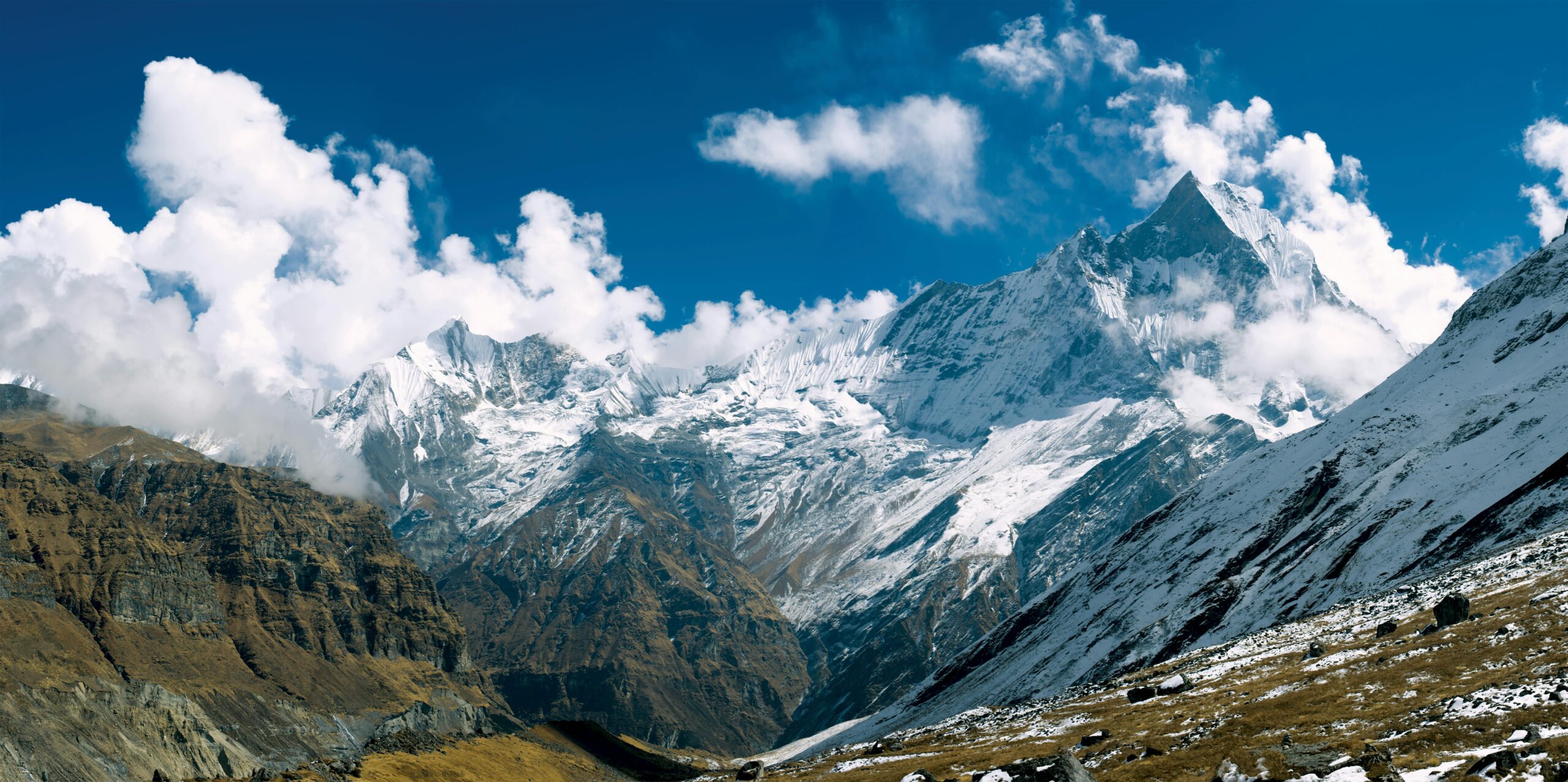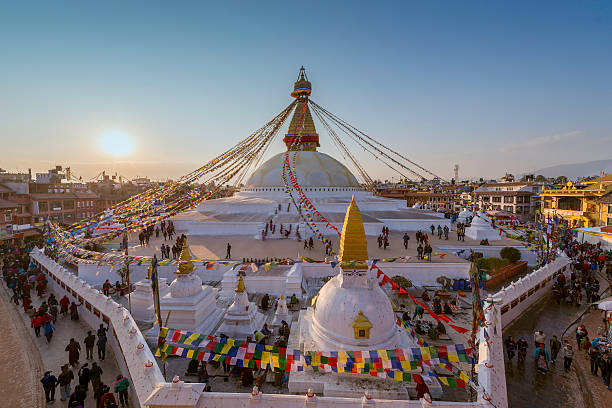Nepali media, often referred to as the fourth pillar of democracy, is meant to inform, educate, and challenge those in power. But in recent years, especially with the rise of YouTube-based news channels, some concerning trends have emerged. In this post, we’ll explore the 5 bad things about Nepali media that are increasingly harming public trust and media credibility.
📉 1. Obsession with Views and TRP
One of the most obvious bad things about Nepali media today is its overemphasis on clicks, views, and subscriber counts, especially among digital YouTube channels. Instead of prioritizing factual reporting, media houses are racing for TRP (Television Rating Points) and YouTube monetization.
News that highlights celebrity gossip, viral scandals, or personal drama overshadows vital issues like infrastructure, corruption, education, or health. While traditional national TV channels still broadcast serious news for 30-45 minutes daily, even they often resort to music videos and entertainment content for viewership.
🔍 Fact: A 2023 Kathmandu Post article highlighted the urgent need for Nepali media to “reflect society’s real concerns” rather than chasing virality.
🖼️ 2. Misleading Titles and Clickbait Thumbnails
Clickbait is another major concern. Many YouTube-based media outlets use sensational and misleading titles that have little or nothing to do with the actual video or article content. This practice manipulates viewers into clicking, but leads to widespread misinformation.
This trend has led to erosion of public trust, especially among younger Nepali audiences, who are frustrated with “fake breaking news” tactics. It’s time for media creators to value accuracy over attention.
⚖️ 3. Biased Reporting and Instant Judgment
Instead of reporting facts and allowing audiences to form opinions, many YouTubers act as judge, jury, and executioner. They provide their own biased analysis, often without full evidence, and promote it as truth.
This behavior violates journalistic ethics and spreads misinformation. Titles like “Usle Ghar Bari Bigaryo!” or “Yaha Sab Bhanda Thulo Dhokha Bhayo” frame narratives before facts are verified, harming reputations and confusing the public.
🎙️ 4. Promoting Irrelevant Personalities
Media’s responsibility is to amplify credible voices in politics, education, social work, and science. But instead, many channels invite irrelevant public figures or social media influencers to speak on serious topics. Figures like Punya Gautam continue to be interviewed on topics far beyond their expertise.
Such choices prioritize entertainment over enlightenment, making Nepali media look unprofessional on the global stage. Let’s stop promoting controversy for clicks and instead uplift informed dialogue.
Read more – Trending in Nepal
❌ 5. Weak Questioning and Lack of Accountability
One of the most concerning bad things about Nepali media is the lack of critical questioning during interviews or press conferences. Media representatives often avoid pressing political leaders, bureaucrats, or police officials on sensitive issues.
Instead of holding power accountable, coverage often focuses on what was said, not why it was said, or what’s missing. This undermines the watchdog role that media is supposed to play in a democratic society.
🔗 Kathmandu Post: Why Nepali Media Must Do Better (2023)
💡 Final Thoughts: Demand Better from Media
The 5 bad things about Nepali media we discussed today should not be taken lightly. Media shapes perception, influences democracy, and can uplift or divide a nation. As consumers, it’s our job to demand ethical journalism, support credible sources, and call out channels that mislead or manipulate.
Let’s be informed, not influenced. Let’s push for quality over quantity. These 5 bad things about Nepali media cannot be ignored!!!!!!!!!!!!!!!!




